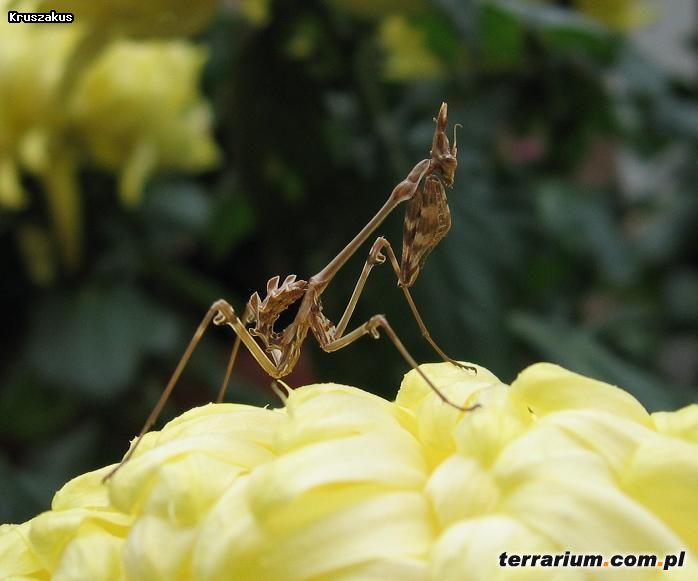Hi!
I have Empusa sp. and all nymphs are pre-sub. I heard from Christian that European species (E. fasciata, E. pennata) should be overwintered when they are sub-adult. But from many other sources the imput was that they could easily be ready for overwintering one molt earlier than sub-adult...
Well, how should I proceed?
I have Empusa sp. and all nymphs are pre-sub. I heard from Christian that European species (E. fasciata, E. pennata) should be overwintered when they are sub-adult. But from many other sources the imput was that they could easily be ready for overwintering one molt earlier than sub-adult...
Well, how should I proceed?













































